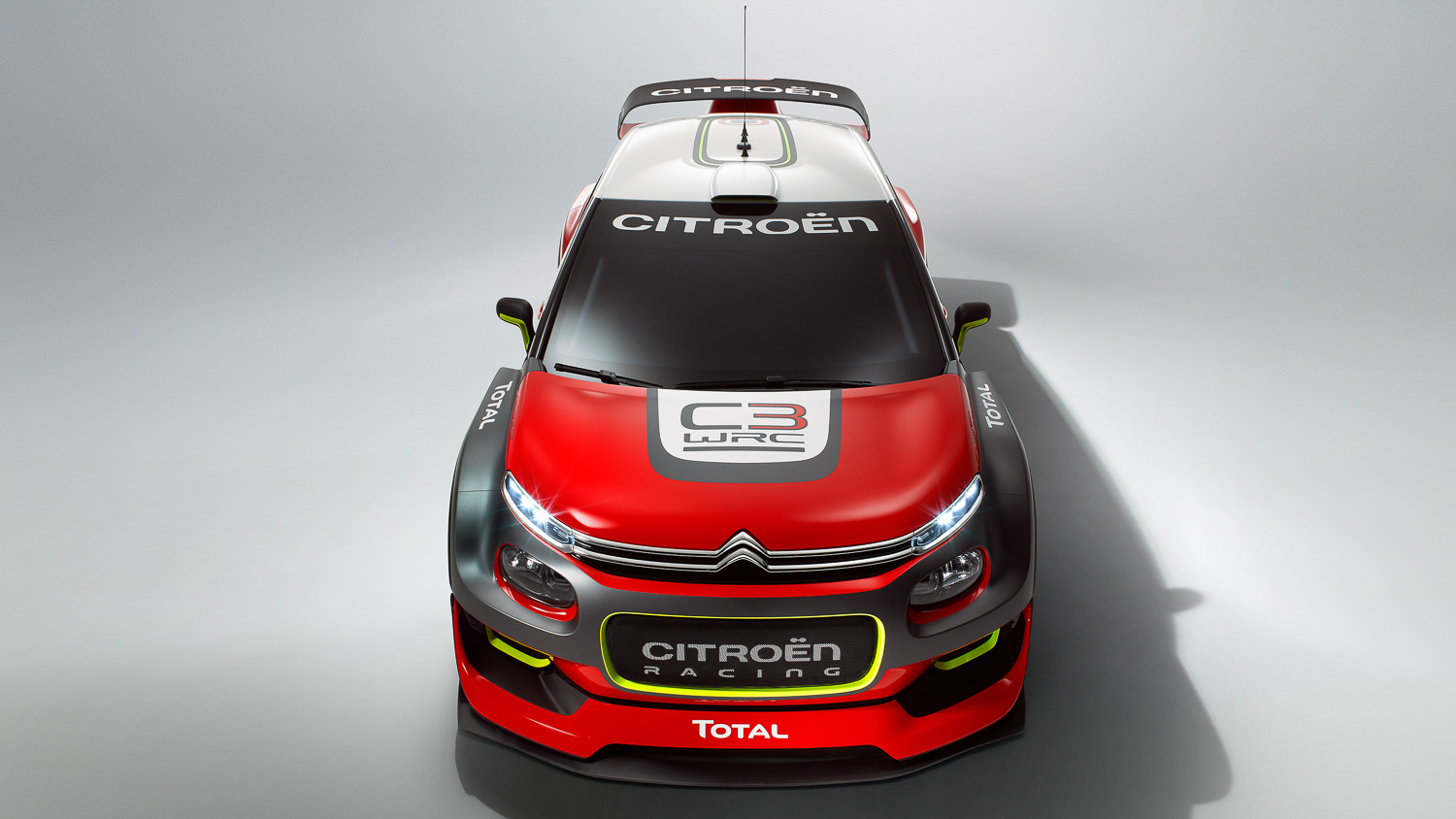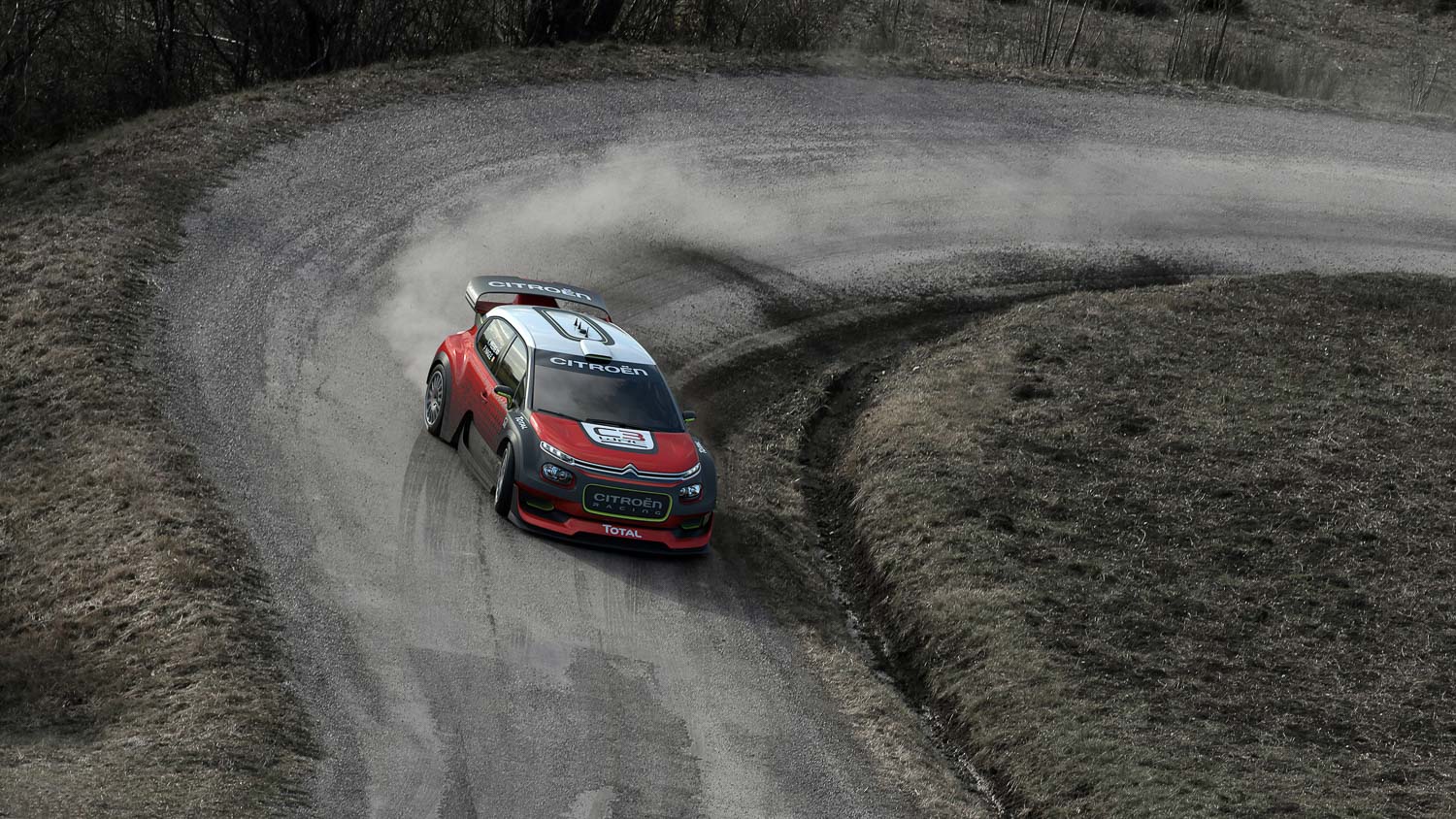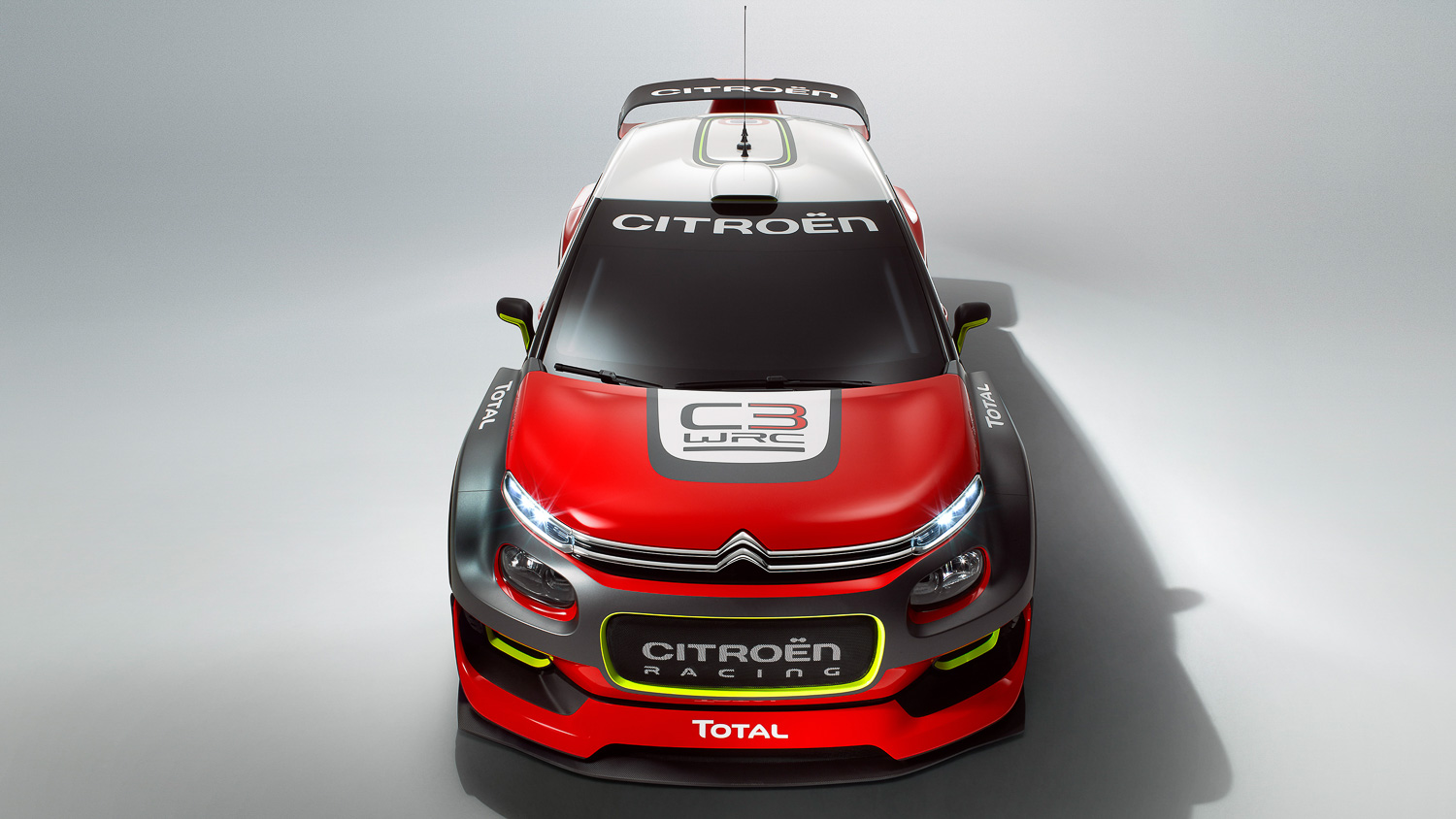data-animation-override>
“The FIA World Rally Championship (WRC) hasn’t been the same without Citroën Racing present, but now they’re back, and they’re packing more muscle and less fat than ever before”

We’ve just caught wind that Citroën Racing are to return to the FIA WRC, with an all-new Citroën Racing WRC C3 concept. Although not the final design that will make the gravel and tarmac, it is said to be extremely close.

There’s something about red cars that makes them always look faster, but this time, that’s backed up by a new power train. Following the international trend of smaller-capacity engines, the Citroën will run a 1.6-litre four-cylinder turbocharged unit that outputs 283kW (380hp) at the flywheel — that’s 60kW (80hp) more than their 2015 WRC car. Usually, an increase in power would suit most, but not Citroën, as they’ve now dropped a further 25kg of weight to help performance.

There’s no doubt it’ll be a potent package, but we do wish they’d make a road-going variant for us mere mortals to test drive. The WRC version is said to make its debut at the Monte Carlo Rally, January 2017.
Images: Citroën












